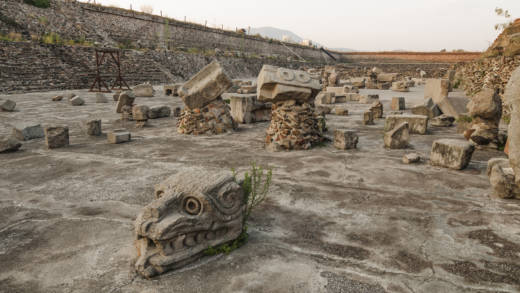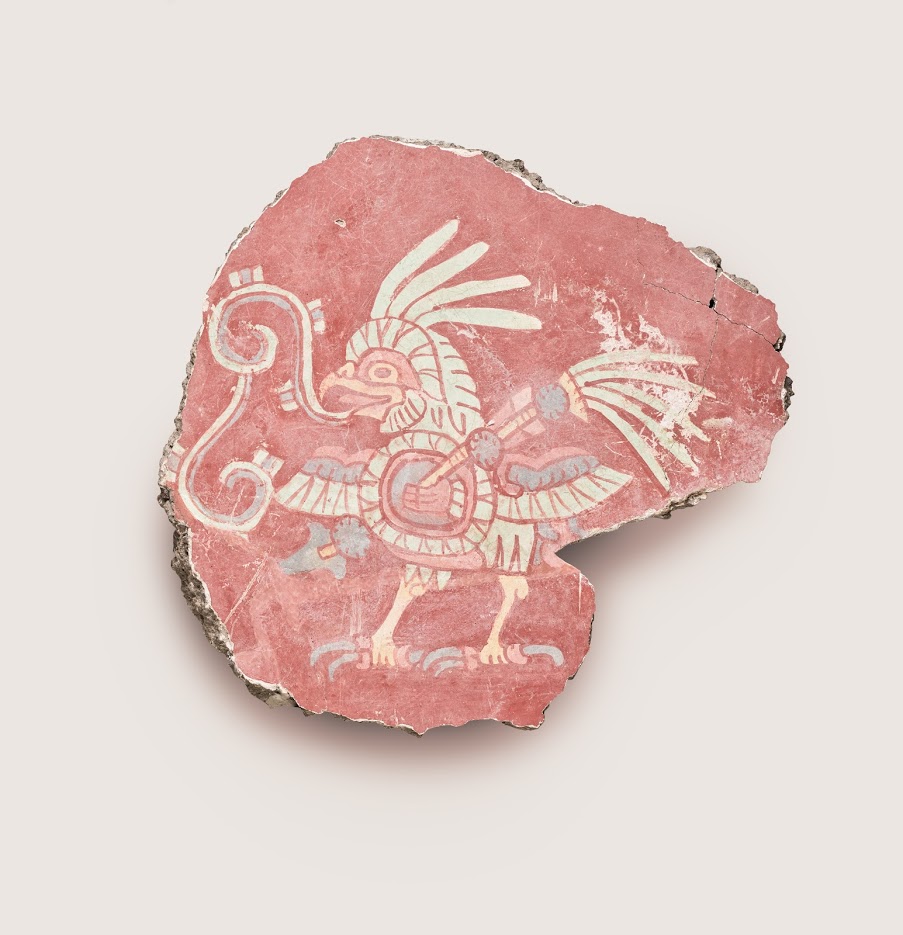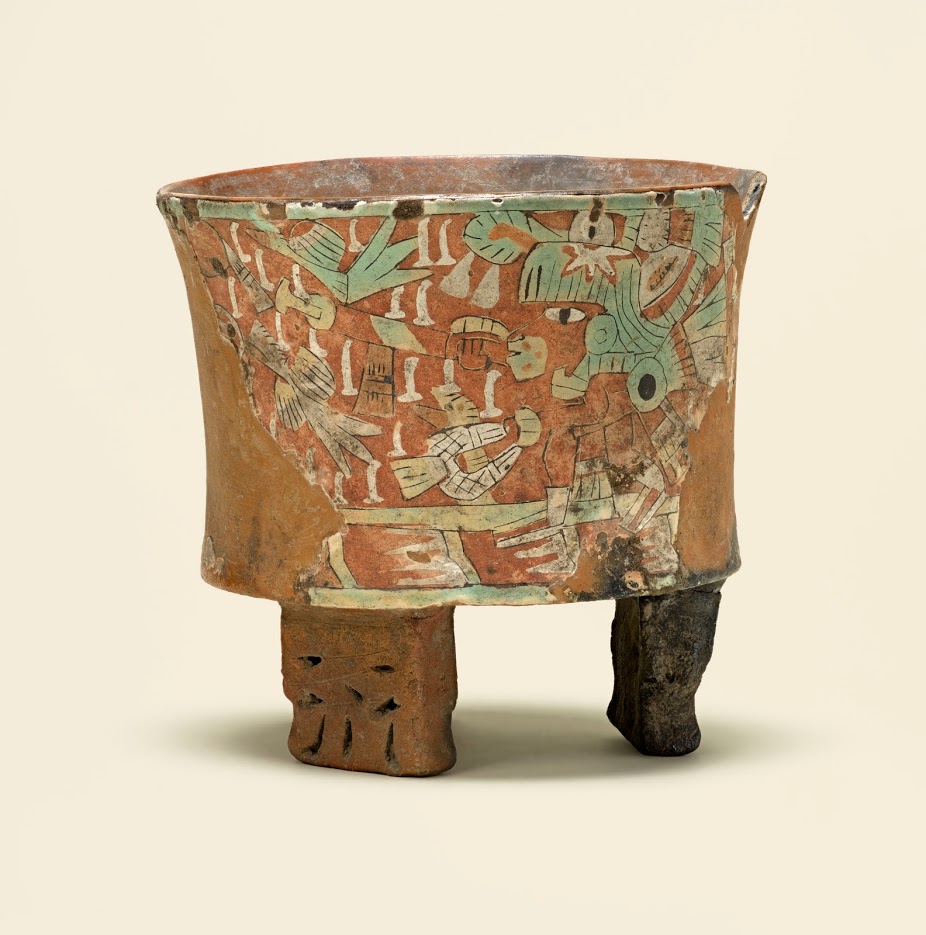In 2003 a heavy downpour caused flooding and minor damage to the ruins of Teotihuacán, the ancient Mesoamerican metropolis just 30 miles outside of modern day Mexico City. As archaeologist Sergio Gómez Chávez arrived to assess the potential destruction of his dig sites at the Temple of the Feathered Serpent — one of the city’s three main pyramids — he noticed a sinkhole had formed near the base of the temple. Curious about what lay beneath the surface, he repelled into the hole — and made a phenomenal discovery.
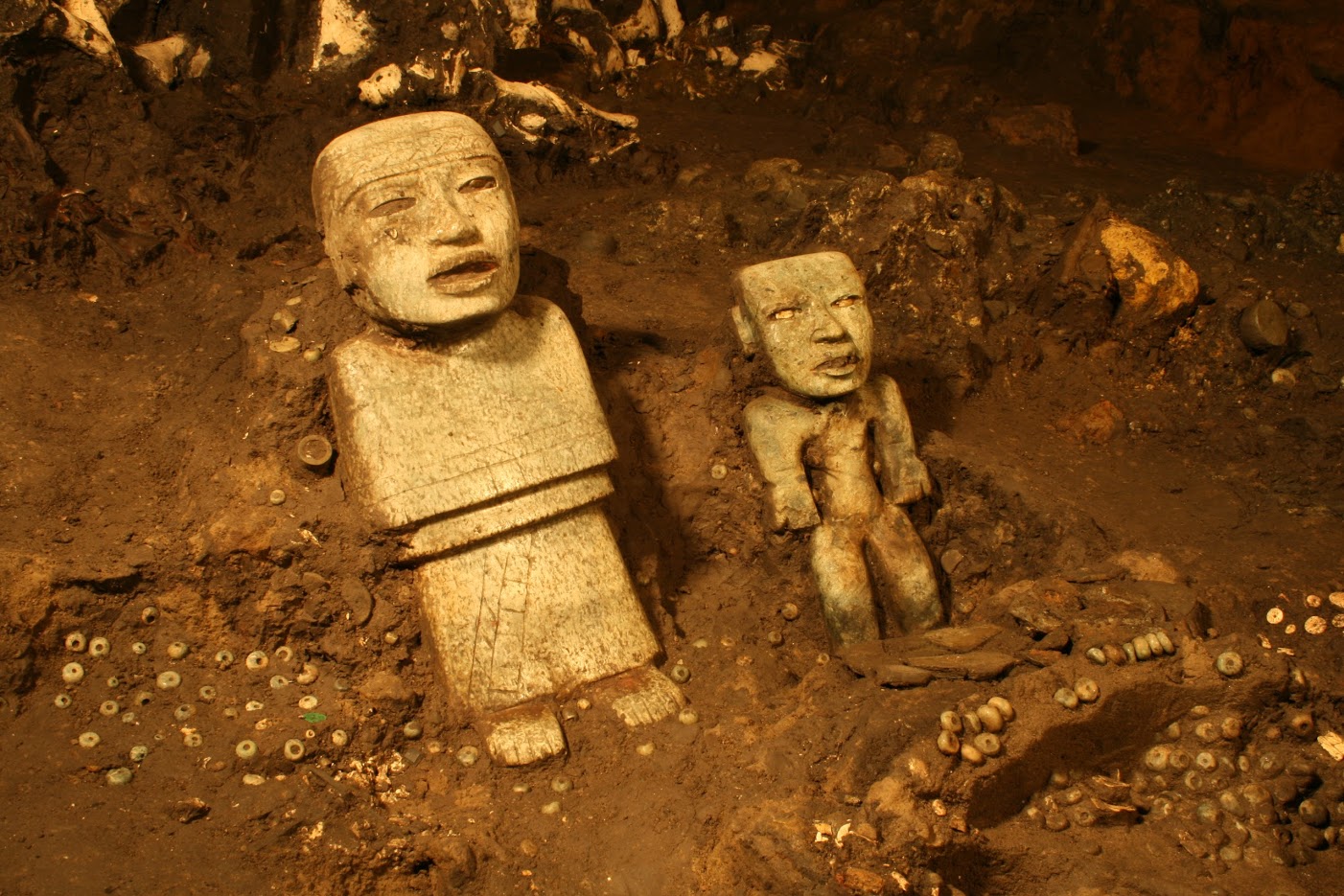
The sinkhole opened up into a cylindrical tunnel approximately 60 feet beneath the temple, which revealed a man-made underground landscape of miniature mountains and reflective pools of mercury, with pyrite (fool’s gold) embedded into the walls and ceiling to resemble stars twinkling in a night sky.
Gómez Chávez unearthed ritual offerings and statues from the subterranean wonderland, providing clues about a space unseen by humans for roughly 1,800 years. Many of the artifacts collected from the tunnel — that some believe was reserved for religious activity — are currently on display for the first time outside of Mexico in the de Young’s Teotihuacan: City of Water, City of Fire.
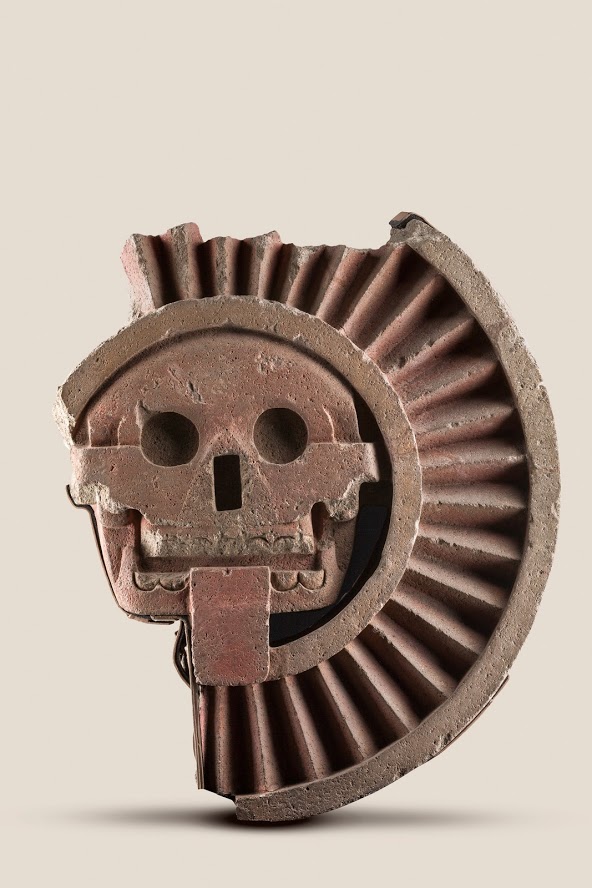
This, the first U.S.-based exhibition of artifacts from Teotihuacán since 1993, is the result of a decades-long relationships between Mexico’s National Institute of Anthropology and History (INAH) and San Francisco’s Fine Arts Museums, a partnership London Breed (president of the San Francisco Board of Supervisors) says is an important display of collaboration — one that transcends current hateful rhetoric within U.S. politics.
The exhibition brings 200 spectacular artifacts crafted from amber, obsidian, shells, jade, marble, pyrite, green stone, alabaster, slate, lime, volcanic rock, mineral pigments and more across both time and space. Teotihuacán was at its peak in 400 C.E. and is considered by many historians to have been the heart of Mesoamerica’s cultural, political and religious landscape.
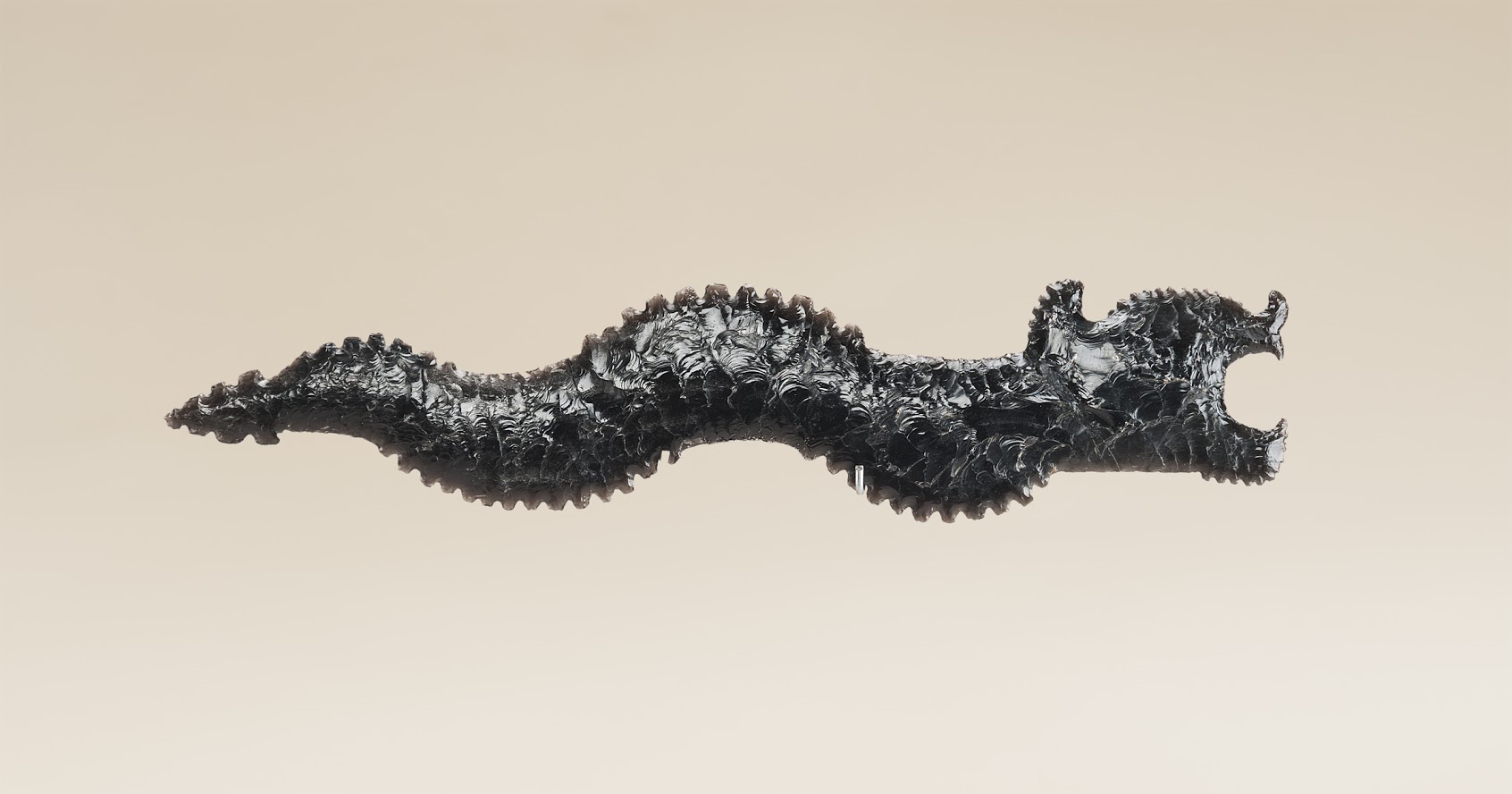
Its artifacts reflect this status. The city was once an elaborately designed site, displaying sophisticated murals, statues and temples dedicated to various gods. Experts say that the city’s urban core, which covered roughly eight square miles, was once the home of more than 100,000 people of diverse ethnic backgrounds.
